Introduction
Notification No. 49/2019 dated 9-10-2019 places the 20% as maximum cap for availing ITC on Invoices not uploaded by the supplier. The discussion here in is centred around this new Rule of law.:
Following points need to be considered before analysing this new Rule
Para 4 of Press Release dated 18-10-18 stares in face as follows:
“It is clarified that the furnishing of outward details in FORM GSTR-1 by the corresponding supplier(s) and the facility to view the same in FORM GSTR-2A by the recipient is in the nature of taxpayer facilitation and does not impact the ability of the taxpayer to avail ITC on self-assessment basis in consonance with the provisions of section 16 of the Act”
As per Circular 59/33/2018 dated 04-09-2018, Para 2.3
It may be noted that there may be situations in which FORM GSTR-2A may not contain the details of all the invoices relating to the input tax credit availed, possibly because the supplier’s FORM GSTR-1 was delayed or not filed. In such situations, the proper officer may call for the hard copies of such invoices if he deems it necessary for the examination of the claim for refund.
Hence the essence is to grant refund on the basis of hard copies of invoices
Section 43A of CGST Act
As per section 43A(3) for purpose of availing ITC, procedure for furnishing returns shall be prescribed. And Further as per Section 43A(4), where outward supplies are not furnished by the supplier u/s 43A(3), procedure for taking such ITC (on the basis of details not uploaded by the supplier) shall be prescribed and the procedure may include placing a maximum cap of 20% of the ITC available on the basis of details furnished by the supplier.
Hence rules could have been prescribed only under section 43A (i.e. new simplified return scheme) for placing this 20% cap. It may not be out of place to mention that new return scheme earlier proposed from October 2019 has been postponed till April 2020 vide GST Council Meeting dated 20-09-2019
New Provisions
However instead the power has been assumed by government by placing condition u/s 16 read with Rule 36 and new Rule 36(4) has been inserted w.e.f. 9-10-2019 which reads as under:
Input tax credit to be availed by a registered person in respect of invoices or debit notes, the details of which have not been uploaded by the suppliers under sub-section (1) of section 37, shall not exceed 20 per cent of the eligible credit available in respect of invoices or debit notes the details of which have been uploaded by the suppliers under sub-section (1) of section 37.
The above rule is a complete departure from stand taken by the government earlier
Comments on Rule 36(4)
ITC outside the purview of Rule 36(4)
a) Rule 36(4) talks about credit available on the basis of invoices and hence it is not applicable to ITC available on the Bill of Entry against import of goods.
As a corollary to above 20% shall not be calculated on ITC available on the basis of Bill of Entry.
b) 20% Cap shall also not be applicable on ITC available on RCM (including import of services) because Rule 36(4) applies to invoices or debit notes uploaded/not uploaded by the supplier and not the Credit available on the basis of Self Invoice issued u/s 31(3)(f).
c) 20% Cap is also not applicable to Credit Invoice issued by Input service Distributor under Rule 54(1), because input service distributor is also not supplier
d) Hence Rule 36(4) is not applicable to ITC placed in Table 4A.1 to 4A.4 of GSTR 3B which encompasses ITC available on import of goods, import of services, inward supplies subject to RCM and Inward supplies from ISD. The only focus under Rule 36(4) is Table 4A.5 of GSTR 3B which talks about all other ITC.
e) Even amongst all other ITC at least two more ITC may be outside the scope of Rule 36(4)
i) ITC restored back after making payment of value of goods or services along with tax after 180 days under 3rd Proviso to S. 16(2) because again ITC is not taken on the basis of invoices
ii) Excess reversal of ITC restored back under Rule 42(2) after final calculation
f) Needless to say, that ITC travelling directly to Credit ledger like through ITC-01, ITC02, TRAN-1, TRAN-2 and TRAN-3 is also outside the purview of Rule 36(4).
Whether Rule 36(4) exceeds the powers conferred by Section 16
Section 16 authorizes to prescribe only certain conditions are restrictions for taking credit. It does not authorize placing any limits for taking of credit. However Rule 36(4) places the limit on Invoice based ITC not uploaded by the supplier. Hence the vires of Rule 36(4) may be under challenge. Further section 43A and not Section 16 is the appropriate provision suggested by the law maker to place such limit. Hence it appears to be a case of delegate exceeding its authority.
Practical Difficulties in implementation
a) ITC is availed through GSTR 3B which is a monthly return while invoices may be uploaded by suppliers quarterly where turnover is lesser than 1.5 crores. By implication the recipient shall have to wait for another 3 months to take credit if it exceeds 20% cap
b) Since 20% cap for not uploaded invoices is required to be calculated with reference to eligible credit available , reversal have to be made every month for ineligible ITC viz
i) ITC against inward supplies for non business use
ii) ITC against inward supplies exclusively for exempt supplies
iii) ITC ineligible u/s17(5)
iv) ITC not available because of non-receipt of invoice, non receipt of goods/services , non payment of tax or non filing of return by the supplier u/s 16(2)
v) Reversals required under Rule 42 and 43
c) If at the later stage the supplier rectifies his return or pays tax u/s 73, recipient may still lose credit due to this 20% limit because of time efflux u/s 16(4)
d) If the supplies are substantially being procured from one or few suppliers, no ITC may be available to recipient for reasons not attributable to him. Start ups may find difficult to survive under such conditions
e) In Ist Month, if mismatch is 18%, full ITC shall be allowed but next month if mismatch is 22% only 20% shall be allowed, where as average mismatch for both month is 20%. Similarly final mismatches for year shall not be synchronization with annual mismatches.
Hence Rule 36(4) shall need further amendments to provide for such situations by way of final annual calculations like Rule 42(2) or system of Mismatch Credits on the lines of MAT Credit u/s 115JAA of the Income Tax Act
All this shall add to the chaos and complications.
Whether Rule 36(4) shall prevent fake credits
Rule 36(4) appears to be validating 20% variance, because neither it fetches its authority from Section 16 nor it is subject to the provisions of section 16. This shall rather augment the issue of fake credits
Conclusion:
Placing 20% limit shall invite further compliance burden and shall bring more uncertainty in the payment of taxes.









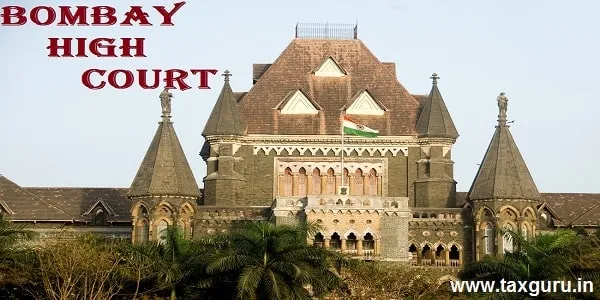

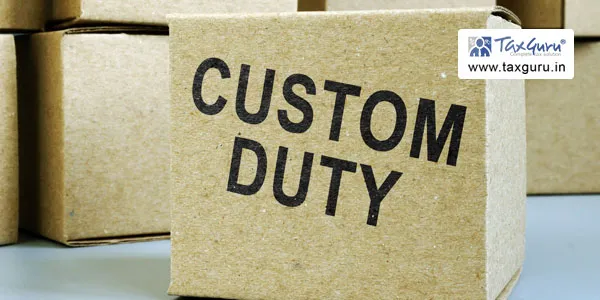


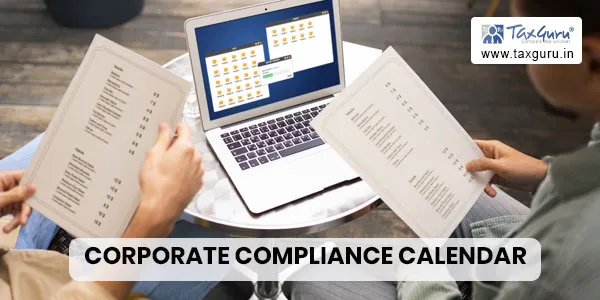

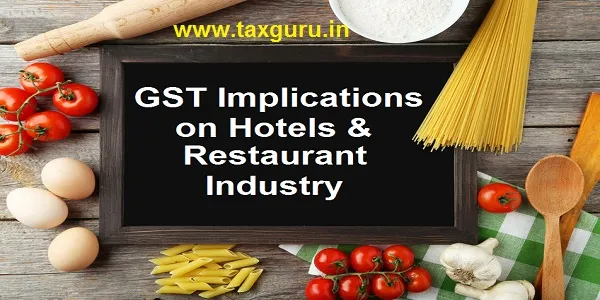



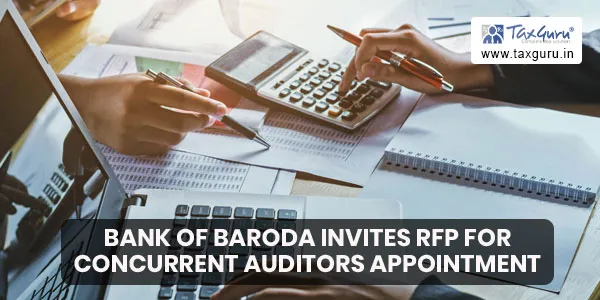
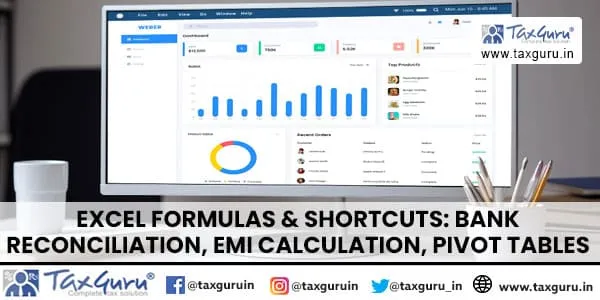
Dear sir
my portal 2A show all creditors bill july 2020 and creditors file return TR1 and 3B but total tax no calculate tax july month to till date kya karna hoga 2 party tax add nahi ho raha hai – me ja raha hai mere uper lability show kar raha hai
Once the GSTR-1 filed by the other party it will be going to reflect in GSTR-2A. If i file the return for the october 2019 , the GSTR-2A data has to be taken as on 11-11-2019 or before filling the GSTR-3B.
Very nicely explained. We shall wait for further clarification in the case where the supplier files quarterly return. Further, reconciling invoices monthly basis is also a challenge. Can you recommend any software for reconciliation?
Sirs,
” New Rule 36(4) has been inserted w.e.f. 9-10-2019
& Notification No. 49/2019 dated 9-10-2019 places the 20% as maximum cap for availing ITC on Invoices ”
THE ABOVE RULE & NOTIFICATION – WHEN WILL BE EFFECTED AND APPLICABLE OUR GST RETURN GSTR3B – NOV’2019 or APR ‘2020
CALL TO ME 9443248725 .J.SRINIVASARAGHAVAN
CAN U GIVE EXAMPLE WITH THE FIGURES WORKING OF THE NEW RULE SIR.
IT IS 20% OF GST INPUT CREDIT AVILALBE IN THE WEB PORTAL OR 20% OF THE VALUE OF INVOICES NOT UPLOADED BY SUPPLIER BUT ACCOUNTED BY THE RECEIVER GOODS & SERVICES-PLS CLARIFY. FOR INSTANCE, IN A MONTH IF 100 SUPPLIERS OUT OF WHICH 60 SUPPIERS UPLOADED IN PORTAL THEN 20% OF THE WEB SITE CREDIT VALUE OF INPUT UPLOADED OF 60 SUPPLIERS OR 20% OF VALUE BALANCE INVOICES 40 NO’S NOT UPLOADED BY SUPPLIER NOT CLEAR SIR.
new Rule 36(4) has been inserted w.e.f. 9-10-2019 which reads as under:
Input tax credit to be availed by a registered person in respect of invoices or debit notes, the details of which have not been uploaded by the suppliers under sub-section (1) of section 37, shall not exceed 20 per cent of the eligible credit available in respect of invoices or debit notes the details of which have been uploaded by the suppliers under sub-section (1) of section 37.
01.the basic system of output gst minus input gst=payable gst in web portal return does not consider industry wise complications for large scale corporate and infrastructure industry.
02. ideally the taxable turnover i.e. turnover as per books less eligible inputs = taxable turnover* rate of tax (average of all slabs) should be allowed as alternative return filings.
03.purchase of goods and services from below threshold limit suppliers ( gst not applicable) particularly in rural areas cannot be denied exemption. such purchase value be allowed as standard deduction from turnover, for which apparently there is now window in gst. portal.
04.gst is subsumed act of vat and excise etc however hsd, petrol etc continue to be under vat regime which is already not applicable now.
what about average 45 to 52% taxes of excise and vat remitted on hsd and petrol purchase for large scale fuel usage infra industries.
05.exemptions to public utility services in infra industry for irrigation and road works available in service tax was not carried forward and also vat/tax exemptions on earth work,royalties, hsd, labour charges etc to arrive at taxable turnover not carried forward in gst regime, hence gst returns file burden for rural industry.
Do not allow input credit at all on all transactions i am aware it will have caskading effect towards the system but with coming out so many fraudulent cases it is better to stop
Government is sharing their responsibility to the buyer.
we are eagerly waiting for your next article
Yes. It is too difficult to calculate the ITC amount. There are suppliers who upload the GSTR 1 very late agian quarterly return filiing supppliers are also there.
Then How to calculate ??
20% cap can be imposed only on not uploaded invoices but not on eligible invoice
Thorough Analysis Sir… This provision will lead to practical difficulties and revenue leakages as it is giving relaxation for non filers.
Never Expected so many Amendments Notf Circulars under GST Law. That too many notifications / circulars are to complicate the issues, instead of easing business. MSMEs already collapsed and now Start ups too find GST as burden.
Gross in justification. How is the Buyer responsible if the Supplier fails to comply with his responsibility. Input credit should not be denied. The Govt has all the powers to take action against the erring supplier. The buyer is a nominal citizen. Draconian rules